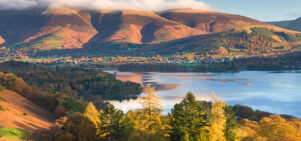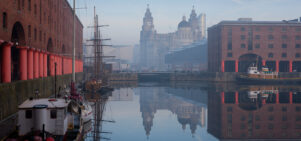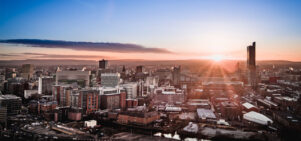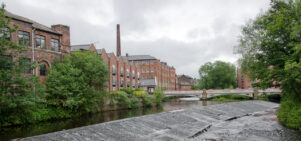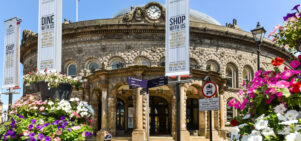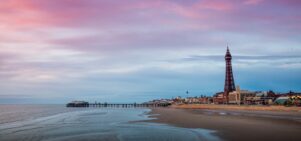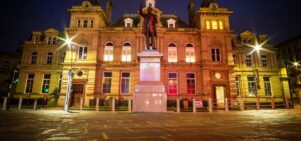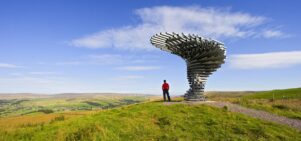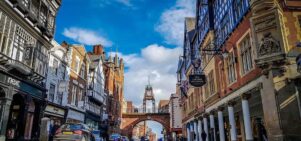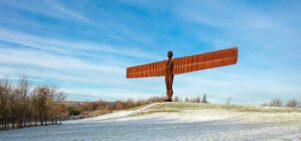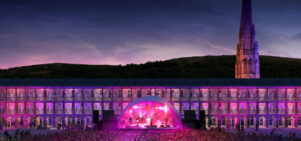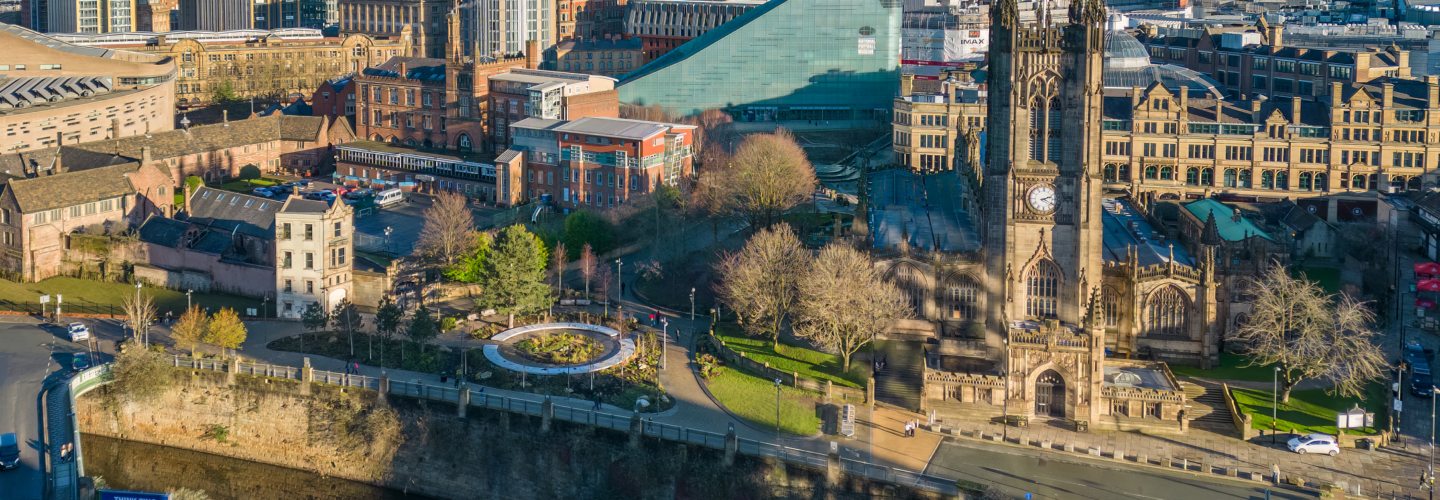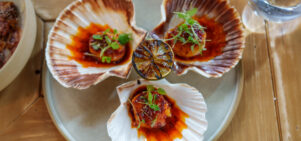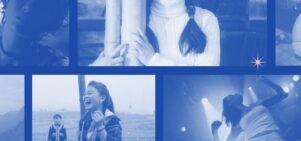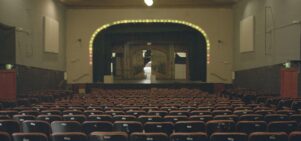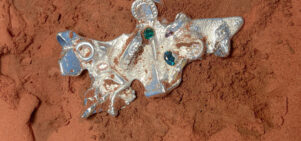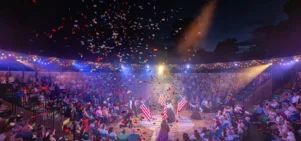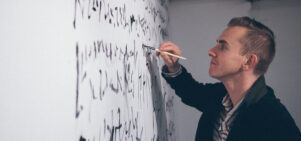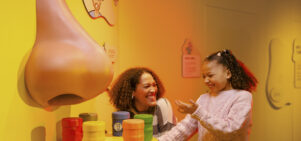Curiouser and curiouser.
Susie StubbsIn the first of our Field Trips, a new series of arty excursions to other cities, Susie Stubbs gets confused and amused at Tate Liverpool’s latest exhibition, Alice in Wonderland
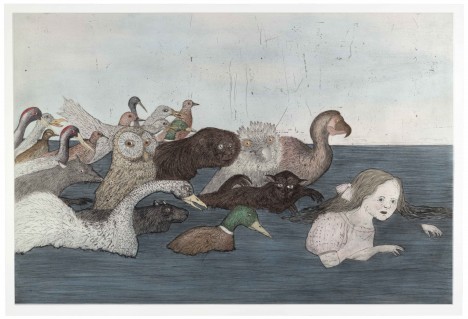
When Lewis Carroll first wrote a story for a certain little girl named Alice in 1864, he had no idea just what a rip-roaring success it would become. How could he? Surreal, dark and delightful – and apparently spontaneous – this was a story that had no place in the straight-laced Victorian world into which it was born.
Yet Alice in Wonderland’s appeal was as instant as it was enduring. A natural muse for Surrealists such as Salvador Dali, Alice dragged countless other artists down the rabbit hole with her – the psychedelics of the 1960s (Yayoi Kusama and Adrian Piper among them), photographers Francesca Woodman and Anna Gaskell, contemporary filmmakers and double-talkers Douglas Gordon and Gary Hill. It appears that Alice has been teasing and tormenting the artistic imagination for almost 150 years.
It is only right, then, that Tate Liverpool’s new Alice in Wonderland exhibition is suitably strange. Walk through the doors and you’re met by a plush, Victorian-red space. Pre-Raphaelite beauties such as Rosetti’s The Beloved (The Bride) stare meaningfully from the walls, while historical artefacts, including Lewis Carroll’s camera and original manuscript, sit snugly inside museum vitrines. The first few rooms are stuffed with Carroll’s photographs of the Liddell sisters, and the tone is reverent: a library-like hush descends as the gallery doors swing shut. How the Victorians would have approved.
This not a purely historical show, however, nor is it a literary one. It’s not one for the kids, either: despite Alice being well-loved by generations of children, there is little here to keep small people entertained, save for the slapstick 1903 film and Walt Disney’s 1923 riff on the tales.
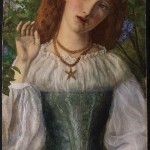 But the historic and solely literary aren’t the point. As Alice herself says, where is the use of a book without pictures or conversations? This is an art show in an art gallery and it sets out to prove Alice’s visual punch, beginning with the fact that Carroll conceived both words and images simultaneously – a mouse’s tale written into the shape of a tail; Alice, ‘opening out like the largest telescope that ever was’, stretched from the top to the bottom of the page.
But the historic and solely literary aren’t the point. As Alice herself says, where is the use of a book without pictures or conversations? This is an art show in an art gallery and it sets out to prove Alice’s visual punch, beginning with the fact that Carroll conceived both words and images simultaneously – a mouse’s tale written into the shape of a tail; Alice, ‘opening out like the largest telescope that ever was’, stretched from the top to the bottom of the page.
Halfway through, we abandon the crowded rooms full of historic ephemera and the gallery reverts to form, displaying harder-edged modern pieces in a meandering white space. Here we find Kiki Smith’s fantastical re-working of Carroll’s original illustrations, there is Bill Woodrow’s English Heritage – Humpty Fucking Dumpty, a sculptural take on jingoistic politics, near a series of mirrors that make up AA Bronson’s Through the Looking Glass, a play on our perception of ourselves.
The exhibition is dizzyingly complex. It needs more than a few hours to navigate topics that veer wildly from Surrealism to feminism, from adolescent sexuality and the meaning and nature of time back to the idealised female form so coveted by the Pre-Raphaelites. In amongst it all there is a question that hovers uneasily over Carroll’s relationship with his ‘child-friends’; a question heightened but not addressed by overtly sexual works such as Jason Rhoades’ glowing neon Tate Touche from My Madinah: in pursuit of my ermitage.
Alice in Wonderland is a fascinating exhibition, certainly, and the chance to see Carroll’s photographs, drawings and original manuscript is one that shouldn’t be missed. And yet in amongst all this earnest art, there is something missing – Carroll’s sense of childlike nonsense. Like all good children’s stories, Carroll’s texts poke fun at the adult world; he creates a place inhabited by ridiculous characters, just as the adult world is often ridiculous to children. Children don’t care much for politics or feminism, they’re hooked by the image of a hookah-smoking caterpillar. Perhaps the problem is that the artists whose work is shown here have put away their childish things. Perhaps it’s that sombre entrance, those white walls, putting a different slant on things. Whatever, the Alice you’ll find at the Tate is less a girl, more a series of ideas; multiple versions of a grown-up Alice who has left Carroll’s pages behind and taken on a new and different life of her own.
Alice in Wonderland, Tate Liverpool, Albert Dock, Liverpool. Until 29 January 2012. £8/£6.
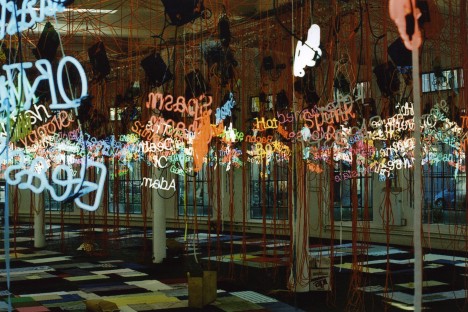
Images (from top): Kiki Smith, Pool of Tears 2 (after Lewis Carroll); Arthur Hughs, The Lady with the Lilacs; Jason Rhoades, Tate Touche from My Madinah: in pursuit of my ermitage.
